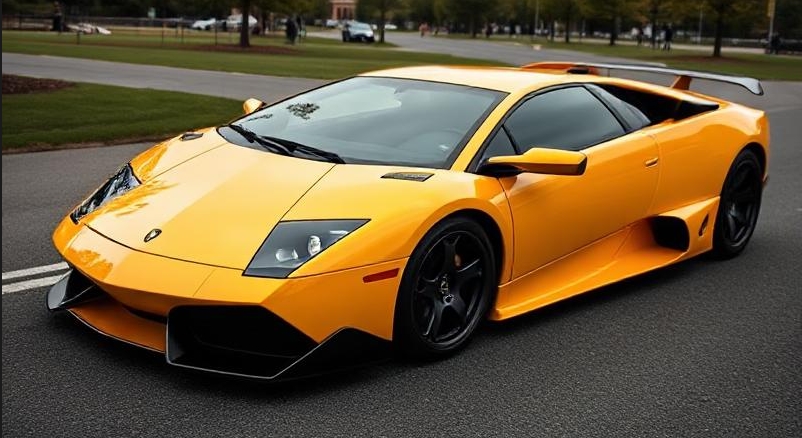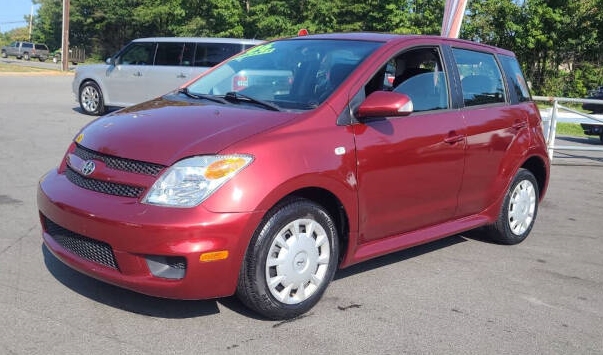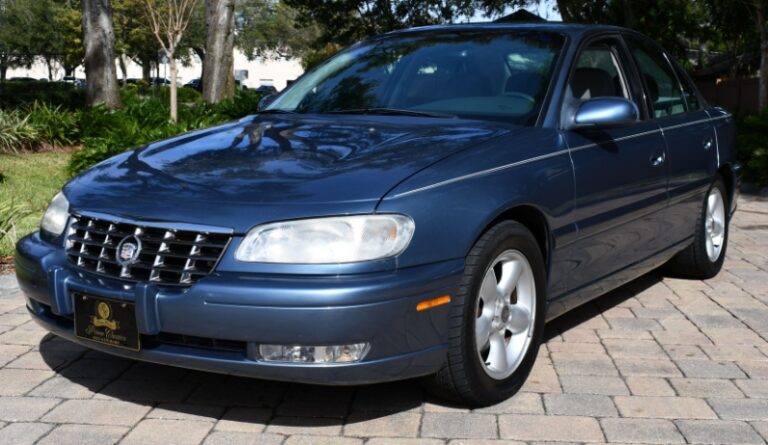The Evolution of the Lamborghini Murciélago
The Lamborghini Murciélago is emblematic of the high-performance sports car genre; its name is synonymous with power, elegance, and a pure driving experience. Produced from 2001 to 2010, the Murciélago epitomized Lamborghini’s return to the supercar market after the tumultuous years following Volkswagen’s acquisition of the brand. In this article, we will delve into the evolution of the Lamborghini Murciélago, highlighting its production years, the various trim levels and models offered, and its legacy within the automotive world.
Production Years
The Lamborghini Murciélago was produced from 2001 to 2010, a span of nearly a decade during which it made a significant impact on the automotive landscape. The Murciélago was unveiled at the 2001 Geneva Motor Show, marking the brand’s revival under Volkswagen’s stewardship and setting the stage for the next generation of Lamborghini supercars.
Key Features and Design Philosophy
The Murciélago showcased a striking design characterized by sharp lines and a low-slung silhouette, resulting from the work of designer Luc Donckerwolke. The car’s aggressive stance and iconic scissor doors became its hallmark. The Murciélago’s body was constructed from lightweight materials such as aluminum and carbon fiber, which not only enhanced performance but also improved handling characteristics.
The Murciélago was powered by a formidable 6.2-liter V12 engine initially, later upgraded to a 6.5-liter V12, which was well-known for its distinct growl and unparalleled acceleration. The four-wheel-drive system provided optimal grip, while the low center of gravity ensured remarkable stability during high-speed maneuvers.
Models and Trim Levels
The Lamborghini Murciélago had a number of variants and limited editions throughout its production run. Below is an overview of the key models and trim levels that defined the Murciélago’s evolution.
1. Murciélago LP 640 (2006-2008)
In 2006, Lamborghini introduced the Murciélago LP 640, which received significant upgrades over its predecessor. The “LP” in the name stands for “Longitudinale Posteriore,” indicating a longitudinally mounted engine at the rear. The “640” referred to its power output—640 hp, a considerable increase from the original Murciélago’s 580 hp.
The LP 640 featured updated styling with revised front and rear bumpers, larger air intakes, and redefined headlights. Performance enhancements included a 0-60 mph time of approximately 3.4 seconds and a top speed of over 210 mph. The enhanced engine and improved aerodynamics transformed the Murciélago into a more potent machine, cementing its status among supercars.
2. Murciélago LP 650-4 Roadster (2009)
To commemorate its success and celebrate the brand’s prowess, Lamborghini unveiled the Murciélago LP 650-4 Roadster in 2009. This convertible variant adopted the LP 640’s engine but introduced a new level of performance, boasting 650 hp. The “4” indicated its all-wheel-drive capability, ensuring that the power was efficiently transferred to the road.
The Murciélago LP 650-4 Roadster offered improved aerodynamics, including a redesigned rear wing that enhanced downforce. The retractable soft-top allowed drivers to experience the thrill of open-air driving while still maintaining on-track performance.
3. Murciélago LP 670-4 SuperVeloce (2009-2010)
The LP 670-4 SuperVeloce (SV) marked the pinnacle of the Murciélago lineage. Unveiled at the 2009 Geneva Motor Show, the SV version was lighter and more powerful than previous iterations. Weighing approximately 100 kg less than the standard LP 640, it achieved a remarkable power-to-weight ratio.
With a whopping 670 hp from the 6.5-liter V12, the SV could hit 0-60 mph in just 3.2 seconds and reach a top speed of 212 mph. Its aerodynamic improvements, including a pronounced rear wing and optimized bodywork, further contributed to its track-ready performance.
Limited to just 350 units, the LP 670-4 SuperVeloce is widely regarded as a collector’s item and a symbol of Lamborghini’s engineering prowess.
4. Murciélago LP 560-4 (2010)
Individual variations of the Murciélago continued until 2010 when Lamborghini decided to end the production of this iconic model, replacing it with the Aventador. The Murciélago LP 560-4, introduced in the final model year, received a lighter body and greater efficiency. Producing 560 hp, it was less powerful than the SV but retained an exhilarating driving experience and improved performance metrics.
The LP 560-4 showcased a mix of the Murciélago’s classic design and contemporary technology, offering features such as a modernized infotainment system, enhanced audio, and comfort options that appealed to a broader audience of supercar enthusiasts.
.
Many car aficionados have multiple hobbies, like boating as well as auto stuff. Those who don’t already own a boat (and even some that do), may have thought about building their own boats. It’s really not as hard as you’d think. Just take a look at these easy boat building plans!

.
Legacy and Conclusion
The Lamborghini Murciélago is not just a supercar; it’s an embodiment of a dream that combines art, innovation, and raw power. Its production run established Lamborghini as a dominant force within the hypercar market, setting the stage for future models, including the Aventador.
With its aggressive styling, powerful V12 engine, and cutting-edge technology, the Murciélago captured the hearts of performance enthusiasts worldwide. Each iteration pushed the boundaries of what a supercar could achieve, while also reflecting Lamborghini’s dedication to design excellence and engineering performance.
The Murciélago’s impact can still be felt today, with many models acting as benchmarks against which newer supercars are compared. Its legacy lives on in car culture and automotive history, further solidifying its place as one of the defining Lamborghini models of all time. Today, Murciélagos are revered by collectors and enthusiasts alike, remaining a symbol of luxury, performance, and automotive magnificence.







